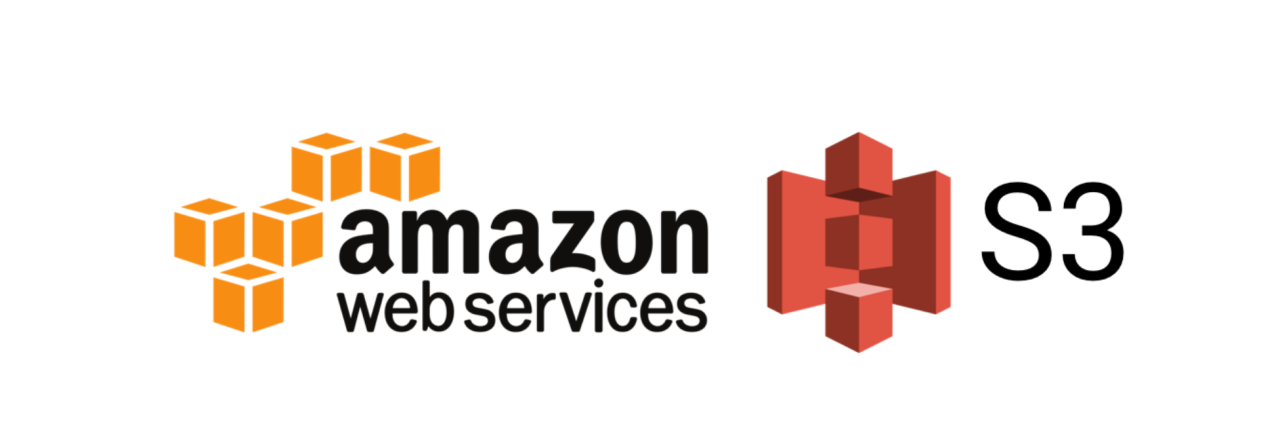A Beginner's Guide to AWS S3: Your Go-To Storage Solution
 Mithun Srinivas
Mithun Srinivas
Introduction
In today's digital world, storing data is as important as creating it. With the ever-growing amount of data generated, we need a reliable, scalable, and cost-effective solution to manage all this information. Enter AWS S3, one of the most popular cloud storage services provided by Amazon Web Services. In this blog, we will explore AWS S3 in detail, understand the problems it solves, and discuss its features, terminologies, naming conventions, and use cases.
What is AWS S3?
Amazon Simple Storage Service (S3) is a cloud-based storage service that allows you to store and retrieve any amount of data at any time from anywhere on the web. Think of it as an online hard drive where you can keep your files safe and access them whenever you need them. Whether you are a business storing customer data or an individual backing up photos and videos, S3 is designed to handle it all with ease.
What Problem Does S3 Solve?
Before the advent of cloud storage, businesses and individuals faced several challenges when it came to storing and managing data:
Limited Storage Space: Physical storage devices like hard drives and servers have limited capacity, requiring constant upgrades and replacements.
High Costs: Setting up and maintaining on-premises storage infrastructure can be expensive, considering hardware, power, cooling, and maintenance costs.
Scalability Issues: As data grows, scaling up storage can be complex and time-consuming.
Data Accessibility: Accessing data from different locations or sharing it with others can be cumbersome.
AWS S3 addresses these challenges by offering a scalable, cost-effective, and highly accessible storage solution that grows with your needs and provides seamless access to your data from anywhere in the world.
Terminologies Associated with S3
To get started with S3, it's essential to understand some key terminologies:
Bucket: A container for storing objects (files). Each bucket is unique and identified by a globally unique name.
Object: The actual data or file you store in a bucket. Each object consists of data, metadata, and a unique identifier (key).
Key: A unique identifier for an object within a bucket.
Region: Geographic areas where AWS data centers are located. You can choose a region to store your data to optimize latency and comply with regulatory requirements.
IAM (Identity and Access Management): A service that helps manage access to AWS resources securely.
Features of S3
AWS S3 comes packed with features that make it a versatile and powerful storage solution:
Scalability: S3 automatically scales to accommodate growing amounts of data, from a few bytes to petabytes.
Durability: S3 is designed for 99.999999999% (11 9's) durability, ensuring your data is safe and protected against hardware failures.
Availability: S3 offers high availability, with multiple storage classes to choose from based on your needs and budget.
Security: S3 provides robust security features, including encryption, access control policies, and integration with IAM.
Cost-Effective: Pay only for what you use with flexible pricing options and cost management tools.
Data Transfer: S3 supports various data transfer methods, including S3 Transfer Acceleration and AWS Snowball, for faster and efficient data migration.
Naming a S3 Bucket and Objects
Naming a Bucket
When creating a bucket, it's important to follow certain rules and best practices:
Unique Name: The bucket name must be unique across all AWS accounts. Once created, the name cannot be changed.
DNS-Compatible: Bucket names should comply with DNS naming conventions, meaning they should be all lowercase, with no spaces or underscores, and can include hyphens.
Length: The name must be between 3 and 63 characters long.
Example of valid bucket names:
my-awesome-bucket
company-data-storage
photos2024
Naming Objects
Objects are the files you store in buckets, and each object is identified by a unique key. Some best practices for naming objects include:
Descriptive Names: Use meaningful and descriptive names to make it easier to locate and manage objects.
Hierarchical Structure: Organize objects using prefixes and delimiters (e.g., folder/subfolder/filename) to mimic a folder structure.
Avoid Special Characters: While S3 supports special characters, it's best to avoid them to prevent compatibility issues.
Example of valid object keys:
images/profile.jpg
documents/reports/2024/annual-report.pdf
backups/db-backup-2024-06-18.sql
Use Cases of S3 Buckets
AWS S3 is incredibly versatile and can be used in various scenarios:
Backup and Restore: S3 is ideal for backing up important data and restoring it when needed. For example, businesses can back up their databases, while individuals can back up their photos and videos.
Data Archiving: Store infrequently accessed data cost-effectively using S3 Glacier, a low-cost storage class for archiving.
Content Distribution: Deliver content, such as images, videos, and documents, to users around the world with low latency by integrating S3 with Amazon CloudFront, a content delivery network (CDN).
Data Lake: Use S3 as a central repository for storing structured and unstructured data from various sources, enabling data analytics and machine learning workflows.
Web Hosting: Host static websites directly from S3, making it easy to serve HTML, CSS, JavaScript, and media files without needing a web server.
Big Data Analytics: Store and process large datasets for big data analytics using AWS services like Amazon EMR (Elastic MapReduce) and AWS Glue.
Conclusion
AWS S3 is a powerful, scalable, and cost-effective cloud storage solution that caters to a wide range of storage needs. Whether you're a business looking to manage vast amounts of data or an individual seeking reliable storage for personal files, S3 has you covered. By understanding its key features, terminologies, and best practices for naming buckets and objects, you can leverage S3 to its full potential and solve your storage challenges efficiently.
So, why wait? Start exploring AWS S3 today and take your data storage to the next level!
Subscribe to my newsletter
Read articles from Mithun Srinivas directly inside your inbox. Subscribe to the newsletter, and don't miss out.
Written by
